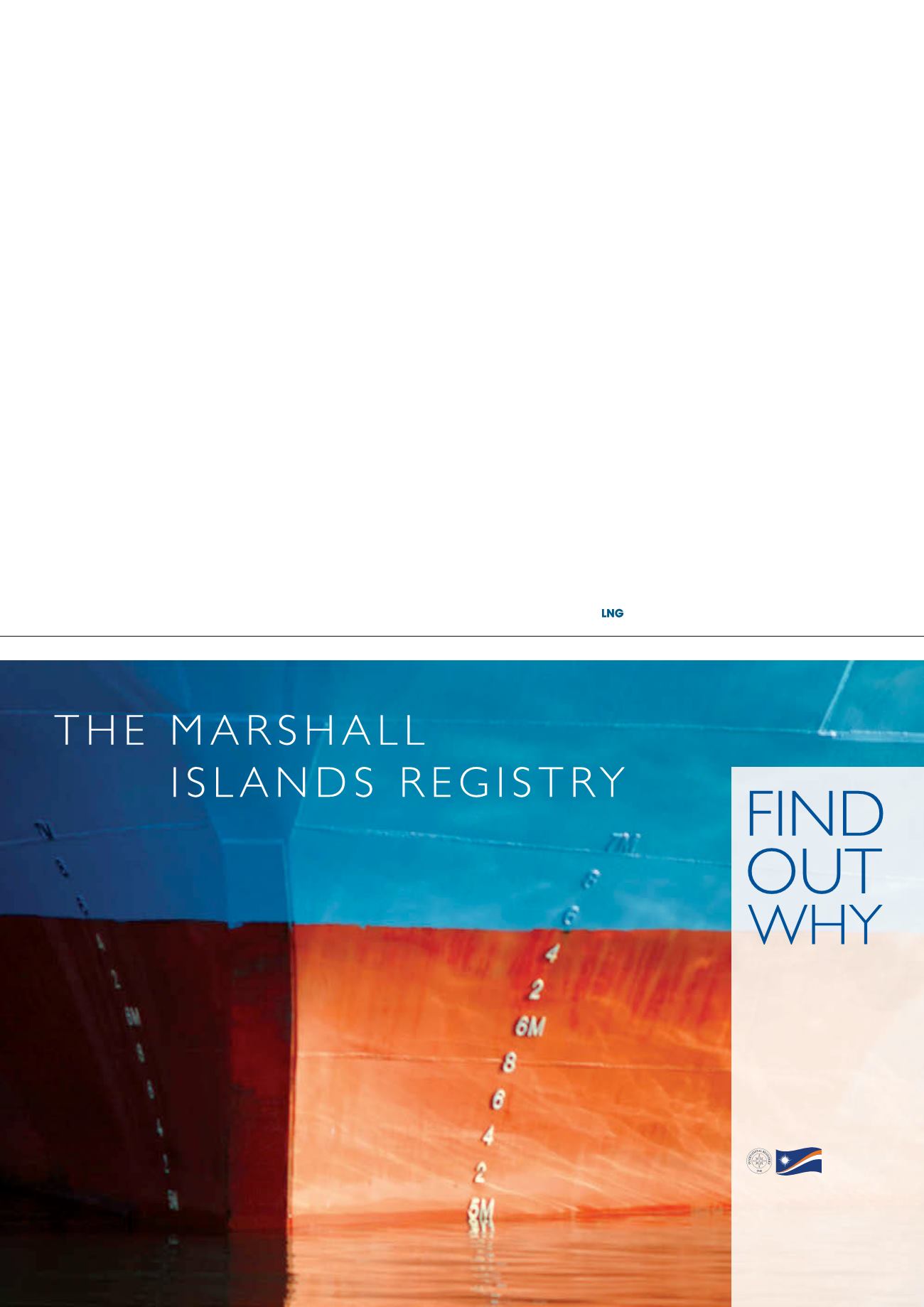
as the ship owner and, in summer, charters it directly to cruise
lines to generate their own power. Amortisation of the barge,
however, is only conceivable through year-round operation
along with a sufficient number of operating hours. In the
summer season of April to September, the barge is able to
supply power to a maximum of 100 calls at port, and thus
attain 1000 hr of operation. In winter operation (running from
October to March), it is theoretically possible to have 24 hr
service for 180 days, resulting in another 4320 hr of operation.
The technical requirements for heat extraction, current or
heat-controlled operation mode, and the modular design for the
necessary flexibility on the German electricity balancing market
(tertiary control or Minute Reserve), are essential building blocks
for making usage in winter attractive to industrial customers.
Year-round use of the LNG hybrid barge with approximately
5000 hr of operation enables a good distribution of the
financing costs and secures attractive terms.
Alternatively, a year-round utilisation concept for the LNG
hybrid barge can be established on the basis of cruise ships,
ferries and RoRo vessels. The power requirements of ferries and
RoRo ships are significantly lower (1 – 2.5 MW), yet add up to a
great demand for power over the course of a year, due to their
frequent calls at port. The mobility of the LNG hybrid barge
makes it possible to establish power generation in close
proximity to the ship being supplied and to keep the cableways
short, with little infrastructure.
From the perspective of port and terminal operators, an
investment in the alternative to the barge (stationary shore
power for cruise ships) is difficult to justify economically. The
technical effort involved in providing the necessary
infrastructure, such as the substation, the frequency converter,
the connection cable at the appropriate network level and the
transmission station, requires an amount of investment similar
to that of the LNG hybrid barge. However, the established
infrastructure can only operate up to a maximum of 1000 hr/yr.
If investment costs are allocated by the hours of operation or
the amount of electricity supplied, the price per kWh for the
stationary connection would be unattractive to shipping
companies. For a port with two cruise terminals, the
investments required would be the same for both terminals,
while the LNG hybrid barge would be able to supply cruise ships
at both terminals.
Outlook
The cruise ship industry is continuing to experience growth,
which results in an increased number of port calls. The public’s
attention to and sensitivity regarding environmental protection
and sustainability is increasing and can no longer allow for
further exceptions for the shipping industry without provoking
considerable criticism from environmental organisations and the
accompanying damage to the image of shipping companies.
The use of the LNG hybrid barge to supply cruise ships
during layovers at port is environmentally friendly, economically
attractive, flexible, technically reliable and capable of being
rapidly implemented. For Europe, Becker Marine Systems is
planning a total of 15 additional LNG hybrid barges, which can
feature greater capacity compared to the first
Hummel
barge
in Hamburg, Germany.
service and quality are within your reach
the Republic of the
Marshall Islands
is the flag of
choice for some
of the world’s top
shipping companies
tel: +1 713 627 9955
International Registries, Inc.
in affiliation with the Marshall Islands
Maritime & Corporate Administrators


